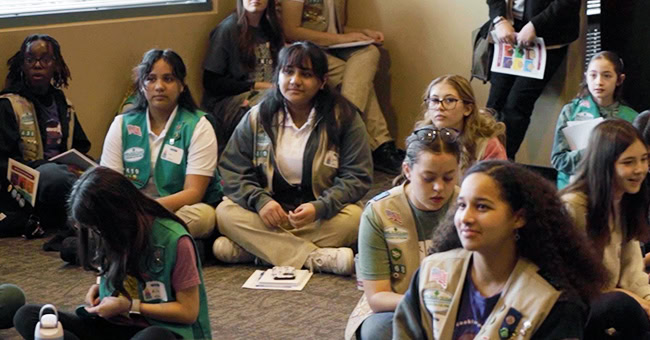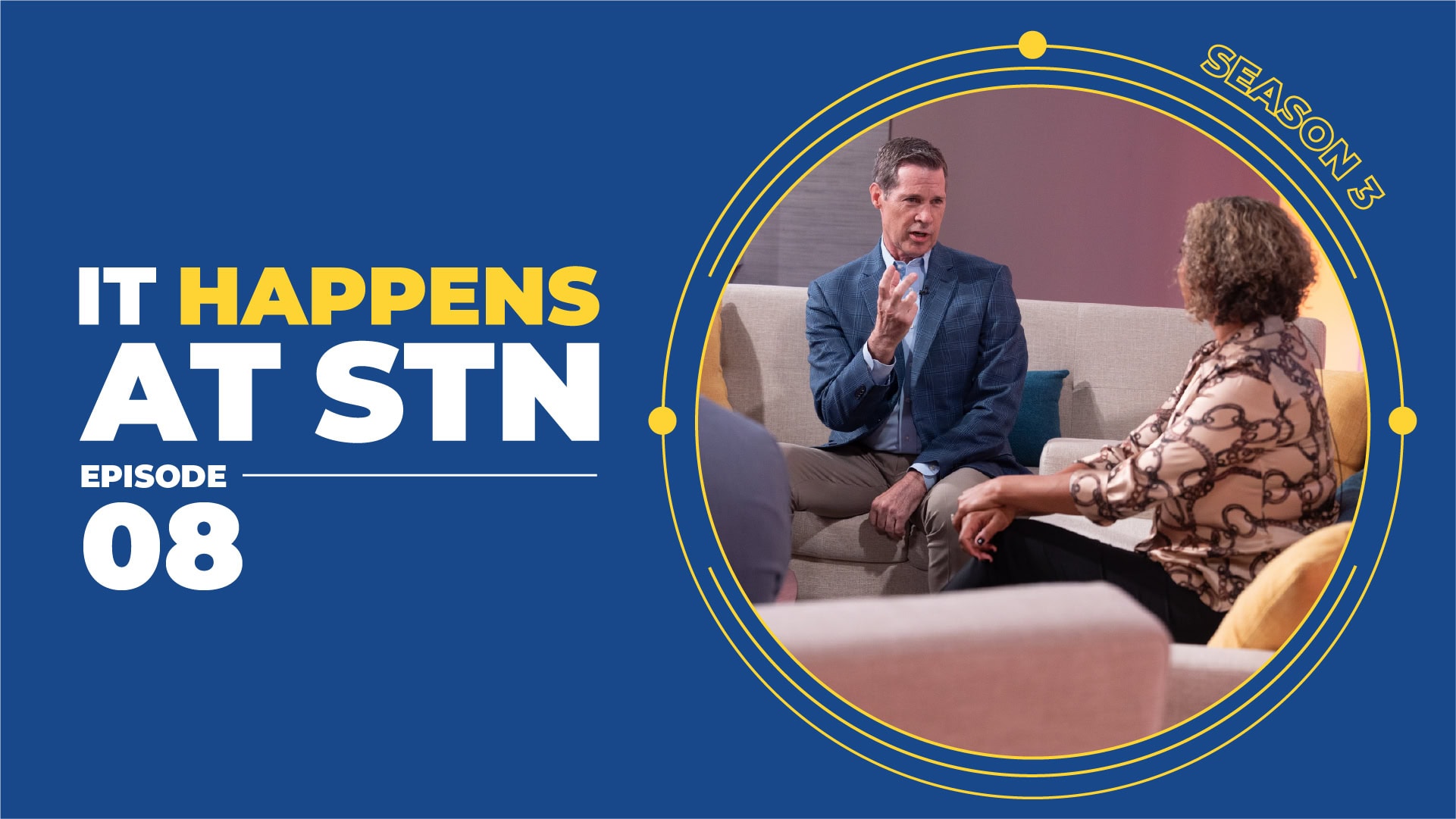PHOENIX (STN) – What began three years ago as an innovative response to a pressing need for shelter space is now a tested and evolving model for housing stability.
With nearly 100 beds and wraparound services, the Respiro shelter—a “sprung structure” on the Key Campus—continues to demonstrate how client-centered design and continuous adaptation can create real progress in the fight to end homelessness.
“Needs are always changing,” said Keys to Change Operations Director Aaron Iverson. “We have to stay ahead of the curve and think creatively about solutions.”
That mindset has shaped other things within the organization from the internal layout of the shelter to how services are delivered.
Evaluation from the ASU Action Nexus on Housing and Homelessness, led by Jessie Helmes, helped shed light on critical gaps in the shelter’s early stages—most notably, the need for more accessible case management. With that data in hand, Respiro leadership adapted quickly, expanding their focus on housing stability plans for each client.
Three years in, a look at the success and impact of Respiro:
Program Manager Corie Billingsley emphasized the importance of privacy and dignity in the shelter environment. “Having individual space matters,” she said. “We’re working to create more personal setups that give residents separation and security.”
The shelter also collaborates with Creative Furniture Connections to design durable, non-institutional furniture that enhances the living environment without sacrificing functionality.
But it’s not just the physical space that’s evolving. Respiro’s staff is focused on day-to-day interactions that build trust and accountability. From job searches to medication management and financial literacy, the team is helping residents develop the skills they need to stay housed long-term.
The goal is to improve outcomes today and to inform future policy and leadership through lived experience.
“Listening to the residents matters,” Helmes said. “Their voices weren’t always heard before, and that’s changing.”































